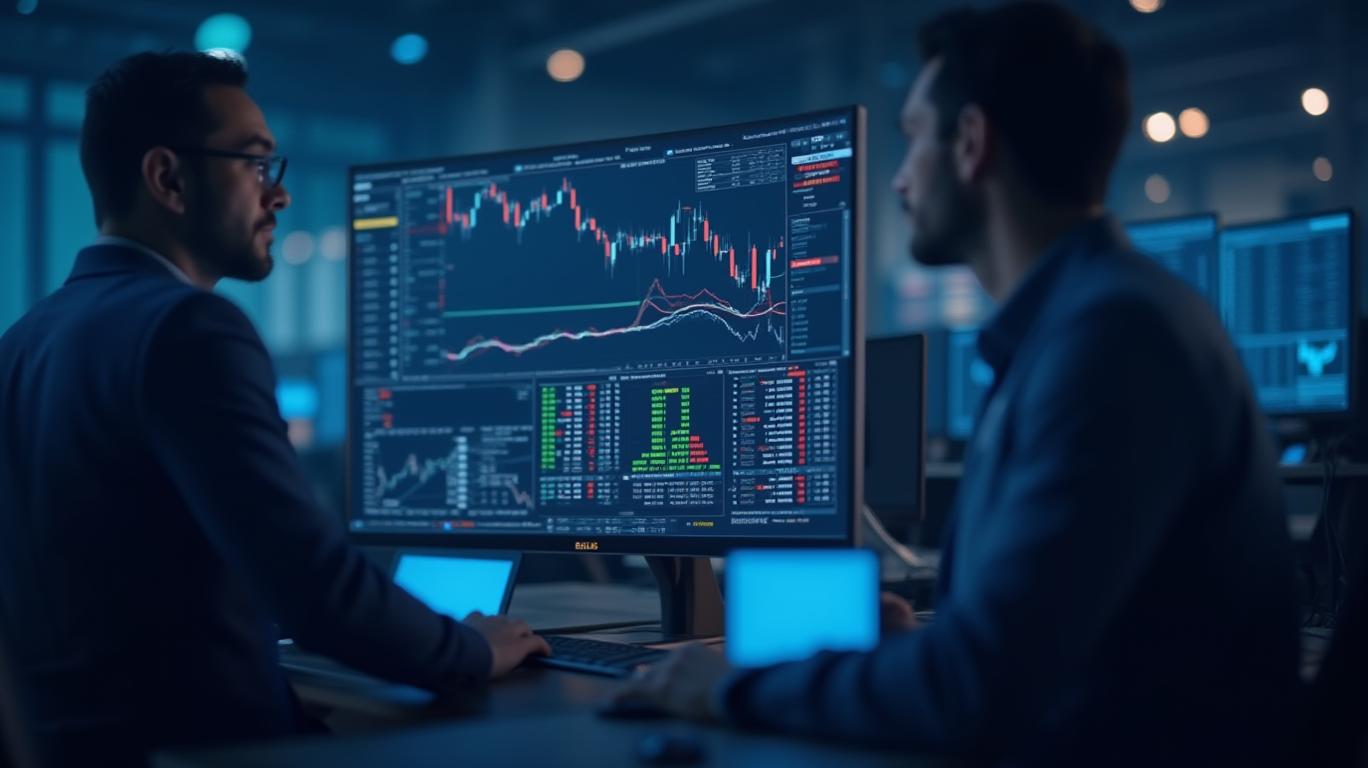"Nvidia's Stock Chart: A Sell-Off Story"
Thursday, Mar 6, 2025 10:59 am ET
Nvidia's stock chart has been a rollercoaster ride lately, with the company's shares experiencing a significant sell-off. The stock has dropped 8.7% on Monday and 15% since the start of the year, raising questions about the company's future prospects. However, a closer look at the chart reveals that this sell-off may present a unique investment opportunity.

The recent decline in Nvidia's stock has brought several valuation metrics to decade lows, making the stock increasingly attractive to investors. For instance, Nvidia's stock is now trading at a slight premium to the S&P 500, its lowest since 2016, and below parity versus the PHLX Semiconductor Index, nearing decade lows. Additionally, the stock trades at 25 times forward earnings, the lowest multiple in a year. Historically, purchasing Nvidia at this valuation has proven profitable for investors.
The sell-off in Nvidia's stock can be attributed to several factors, including transition issues with its latest Blackwell chip and international restrictions. The company has also faced market concerns about potential further export limits on chips to China, which could significantly impact its revenue. However, despite these challenges, analysts remain optimistic about Nvidia's long-term prospects, particularly in the AI sector.
The AI market is expected to drive demand for advanced computing power, positioning Nvidia for growth. The emergence of DeepSeek's cost-effective AI model initially worried investors about a potential decrease in demand for Nvidia's high-end chips. However, Nvidia's CEO Jensen Huang emphasized that the rising demand for AI inference and more sophisticated applications would actually increase the need for advanced computing power.
In conclusion, while the recent sell-off in Nvidia's stock may be concerning, it also presents a unique investment opportunity. The company's strong position in the AI market and its potential for growth make it an attractive investment option. However, potential investors should consider ongoing challenges, such as regulatory risks and market volatility, before making investment decisions.










